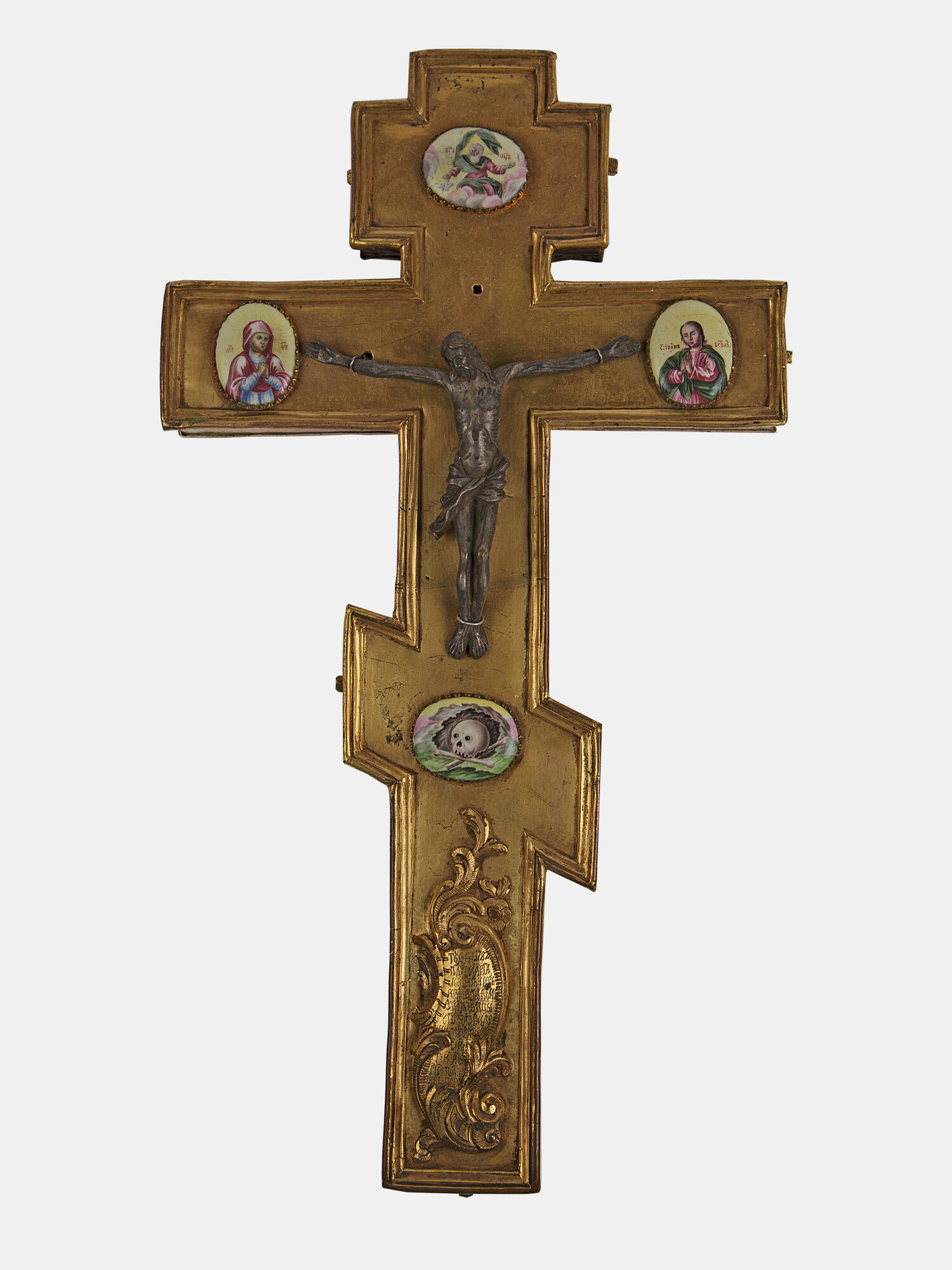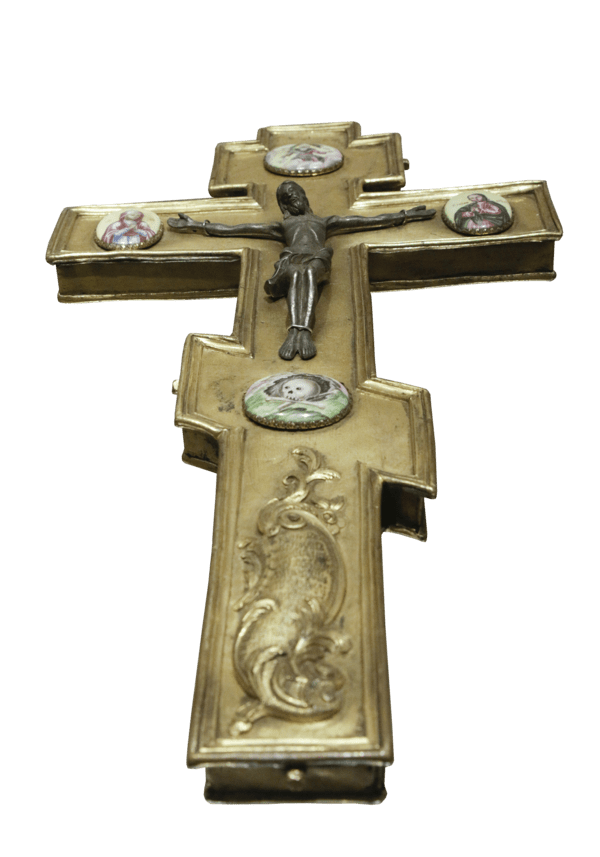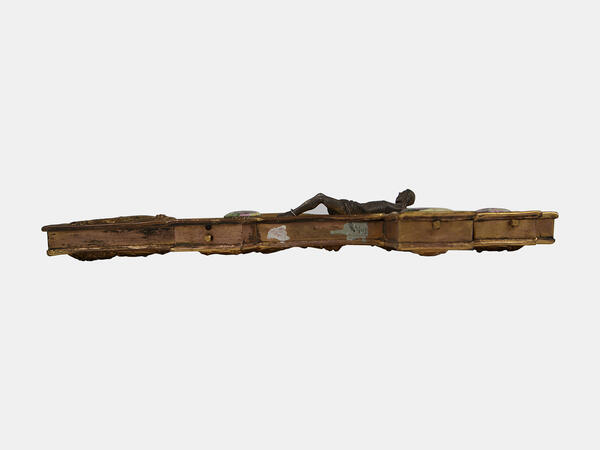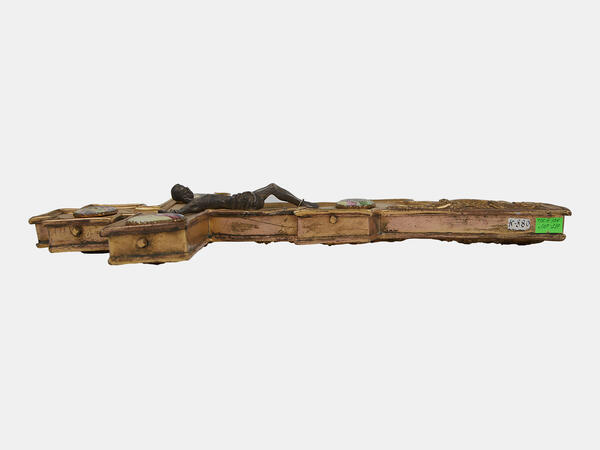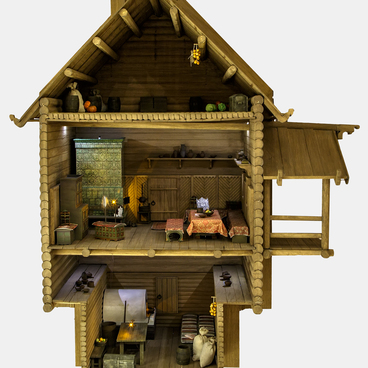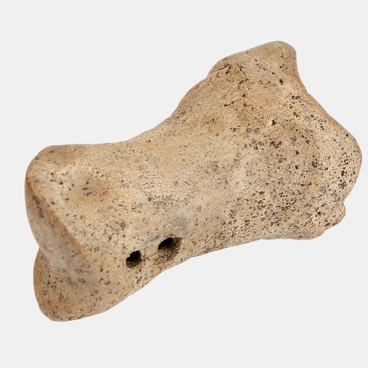Russian Orthodox crosses can be divided into personal and liturgical crosses. The altar cross belongs to the second group. It is kept on the altar table as an obligatory accessory along with the antimins and the altar Gospel.
The Gospel contains the words, teachings, and story of Jesus Christ, signifying the Son of God; the image of the crucifixion — the altar cross — depicts the pinnacle of his feat in the name of saving people. Together, the Gospel and the cross symbolize the fullness of truth that the New Testament reveals.
The priest takes out the altar cross at the end of the liturgy to bless the parishioners. Believers kiss the altar cross at the end of the service, confession, communion, baptism, and anointing of the sick. The altar cross is used to bless water on Epiphany — one of the oldest Christian holidays dedicated to Jesus Christ. During the bishop’s service, the altar cross is brought out on a tray to the bishop, welcoming him to the church.
Altar crosses are often decorated with precious stones, enamel, and made of precious metals. They can be real works of jewelry art. Particles of the relics of Orthodox saints are placed in some altar crosses, as in reliquary crosses.
The cross from the collection of the Tula Kremlin Museum depicts a skull under a crucifix. From the Hebrew language the name of Mount Golgotha is translated as “place of the forehead or skull”: legend has it that Adam was buried there. According to God’s providence, Christ’s blood dripped down onto Adam’s skull, and from that moment Adam’s head became a symbol of the salvation of mankind from sins, a sign of redemption and resurrection from the dead.
In addition to altar crosses, there are also other church crosses. Like a banner of the Orthodox faith, they are carried in front of processions and all other banners. These crosses are much larger than altar crosses and they have a special shaft — a handle for carrying.
Personal crosses include, first of all, the pectoral cross, which each person receives at the time of their baptism, as well as the pectoral cross of a clergyman, which is passed on during ordination, and monastic crosses, which are put on during tonsure and worn on the chest under outer clothing.
